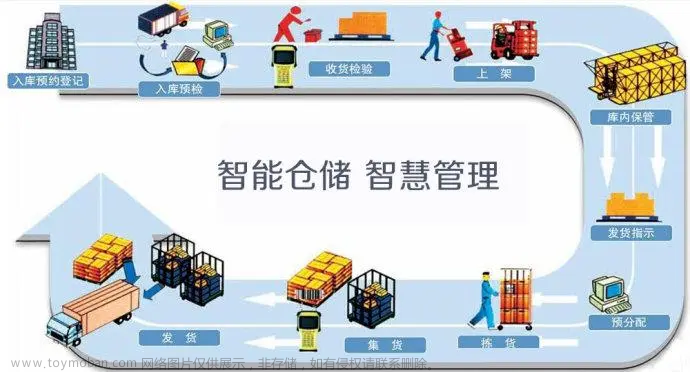掌握List集合、Set集合以及Map集合的使用;熟悉泛型的使用;掌握Iterator迭代器和foreach循环的使用。
像商城和超市这样的地方,都需要有自己的库房,并且库房商品的库存变化有专人记录,这样才能保证商城和超市正常运转。
本例要求编写一个程序,模拟库存管理系统。该系统主要包括系统首页、商品入库、商品显示和删除商品功能。每个功能的具体要求如下:
(1)系统的首页:用于显示系统所有的操作,并且可以选择使用某一个功能。
(2)商品入库功能:首先提示是否要录入商品,根据用户输入的信息判断是否需要录入商品。如果需要录入商品,则需要用户输入商品的名称、颜色、价格和数量等信息。录入完成后,提示商品录入成功并打印所有商品。如果不需要录入商品,则返回系统首页。
(3)商品显示功能:用户选择商品显示功能后,在控制台打印仓库所有商品信息。
(4)删除商品功能:用户选择删除商品功能后,根据用户输入的商品编号删除商品,并在控制台打印删除后的所有商品。
指导:
1.每一种商品都可以存储在一个Java对象中,所以先定义一个Goods类,属性包括name,color,price,number,方法包括上述属性的set和get方法以及构造方法。
2. 在主类中定义List接口对象,用ArrayList实现类的构造方法构造此对象。调用add()方法将Goods对象加入List对象中,使用remove()方法删除已加入List队列中的Goods对象。
3. 用foreach循环方式读取List对象中的数据并显示。
代码如下:
package main;
import java.util.Scanner;
import java.util.ArrayList;
import java.util.Iterator;
class Goods
{
String name;
int num;
String colour;
double price;
Goods(String name,int num,String colour,double price)
{
this.name=name;
this.num=num;
this.colour=colour;
this.price=price;
}
public String getName()
{
return name;
}
public int getNum()
{
return num;
}
public String getColour()
{
return colour;
}
public double getPrice()
{
return price;
}
}
public class Test {
public static void main(String[] args) {
ArrayList<Goods> list = new ArrayList<Goods>();
list.add(new Goods("牛奶", 150, "白色", 58.9));
list.add(new Goods("洗衣液", 100, "蓝色", 69.9));
list.add(new Goods("纸", 200, "黄色", 19.9));
list.add(new Goods("青菜", 300, "绿色", 8.9));
list.add(new Goods("猪肉", 250, "红色", 25.9));
String st = "yes";
while (st.equals("yes")) {
System.out.println("欢迎使用库房管理系统,请选择要进行的操作");
System.out.println("1. 商品入库");
System.out.println("2. 商品显示");
System.out.println("3. 删除商品");
Scanner sc = new Scanner(System.in);
int s = sc.nextInt();
if (s == 1) {
System.out.println("开始录入商品信息!");
Scanner sc1 = new Scanner(System.in);
System.out.println("请输入商品的名称:");
String name = sc1.next();
System.out.println("请输入商品的数量:");
int num = sc1.nextInt();
System.out.println("请输入商品的颜色:");
String colour = sc1.next();
System.out.println("请输入商品的价格:");
double price = sc1.nextDouble();
list.add(new Goods(name, num, colour, price));
} else if (s == 2) {
Iterator it = list.iterator();
while (it.hasNext()) {
Goods goods = (Goods) it.next();
System.out.println(goods.getName() + " " + goods.getNum() + " " + goods.getColour() + " " + goods.getPrice());
}
} else if (s == 3) {
System.out.println("请输入要删除的商品的编号");
Scanner sc3 = new Scanner(System.in);
int a = sc3.nextInt();
list.remove(a);
}
System.out.println("输入4则退出系统");
Scanner sc5 = new Scanner(System.in);
int c = sc5.nextInt();
if (c == 4)
break;
}
}
}结果截图:文章来源:https://www.toymoban.com/news/detail-504824.html
 文章来源地址https://www.toymoban.com/news/detail-504824.html
文章来源地址https://www.toymoban.com/news/detail-504824.html
到了这里,关于库存管理系统(java)的文章就介绍完了。如果您还想了解更多内容,请在右上角搜索TOY模板网以前的文章或继续浏览下面的相关文章,希望大家以后多多支持TOY模板网!














